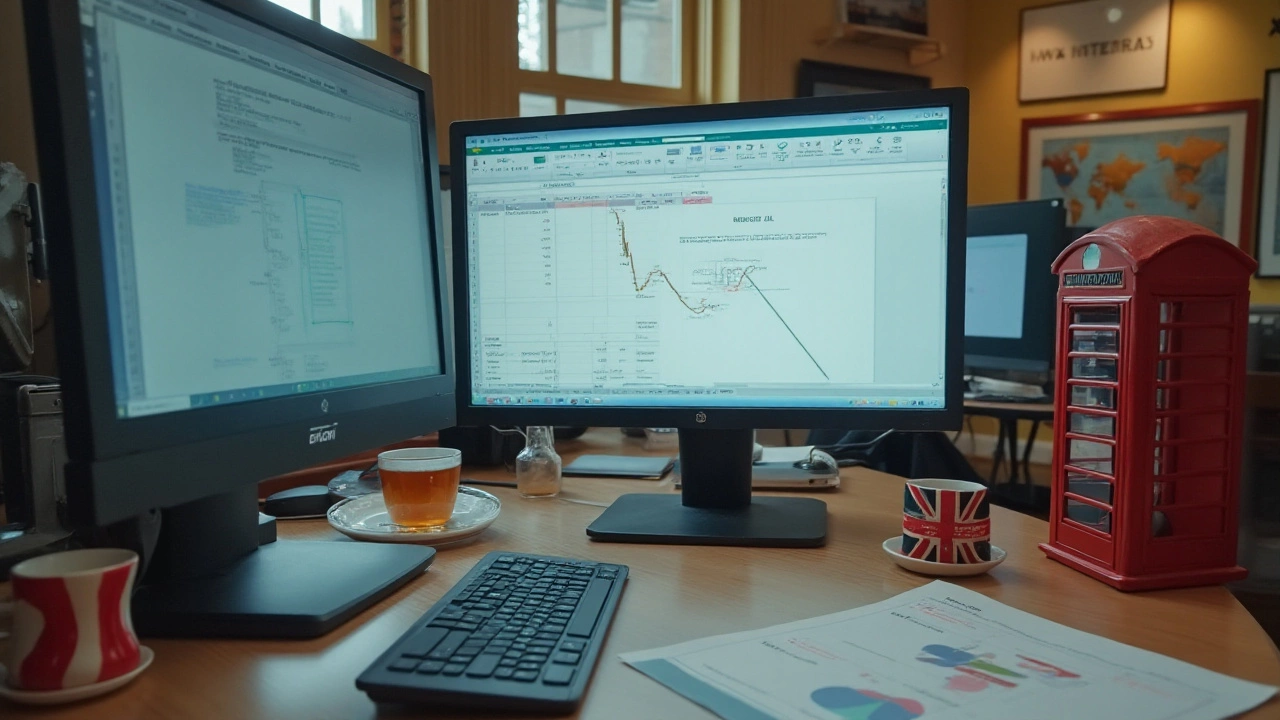Logistic Function: The Backbone of Fast, Reliable Shipping
Ever wonder why your online order shows up on time, almost every time? The answer lies in a well‑run logistic function. It’s the set of actions that take a product from the moment it’s packed to the instant it reaches your door. In this guide we break down the main steps, the tech that powers them, and a few tricks to keep everything smooth.
Understanding the Core Steps
The logistic function starts with order intake. A customer clicks ‘buy’, the system records the details, and an order number is created. From there the item moves to pick and pack. Warehouse staff (or robots) locate the product, scan it, and place it in a box with the right padding. A quick check makes sure the right SKU is in the right box.
Next up is labeling and documentation. The system prints a shipping label that includes the carrier, tracking number, and delivery address. If the shipment is international, customs paperwork is added automatically. Once the label is on, the package joins the consolidation pool—a group of parcels headed for the same region.
The pool is loaded onto a truck, van, or plane. This is the transport phase. Carriers like UPS, FedEx, DHL, or local couriers take over, moving the pallet or box through hubs and sorting centers. Real‑time tracking updates let both the seller and buyer see where the package is at every moment.
Finally, the package reaches the last‑mile stage. A local driver delivers it to the address on the label, hands it over, and the delivery is confirmed. If someone isn’t home, the driver may leave a note or drop it at a nearby locker.
Tools that Power the Function
Modern logistics rely on a few key tools. A Warehouse Management System (WMS) tells workers where items are stored and guides the picking process. A Transportation Management System (TMS) picks the best carrier, calculates rates, and plans routes. Many businesses also use an ERP platform that links inventory, sales, and finance into one view.
For the last mile, delivery routing apps give drivers the fastest path based on traffic and curbside restrictions. Some firms add real‑time alerts that tell customers about delays before they even notice a problem.
All these tools talk to each other through APIs, so data moves automatically from order to delivery. The result is fewer manual errors, faster processing, and lower costs.
When a logistic function runs smoothly, businesses see fewer returns, happier customers, and better cash flow. If a step breaks down—say a label is printed wrong or a carrier misses a cutoff—the whole chain can stall. That’s why companies keep an eye on key metrics like order‑to‑ship time, on‑time delivery rate, and exception count.
Want to improve your own logistic function? Start by mapping each step, then look for bottlenecks. A simple change—like adding barcode scanning at pick‑up—can shave minutes off the process. Next, compare carrier rates and cutoff times; sometimes a cheaper carrier still meets your delivery promise.
In short, the logistic function is a series of connected actions, powered by smart software and reliable carriers. Mastering it means faster shipments, lower costs, and happier customers. Keep the steps clear, use the right tools, and watch your deliveries become almost effortless.
January 12, 2025
Evelyn Wescott
0 Comments
Learning how to create a logistic function in Excel can greatly enhance your data analysis capabilities. This tutorial provides a comprehensive guide on setting up logistic functions using Excel's built-in features. You'll learn about the economic applications of logistic functions, and walk through practical examples that illustrate the transformation of simple data into insightful logistic models. Gain knowledge on customizing logistic curves to fit specific datasets and scenarios. Create, analyze, and visualize logistic functions effectively using Excel.




